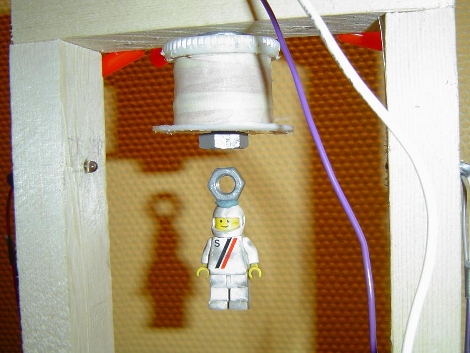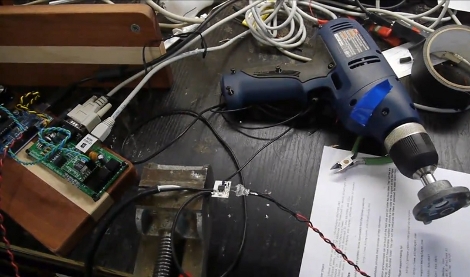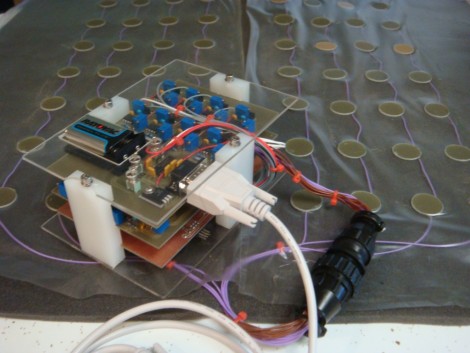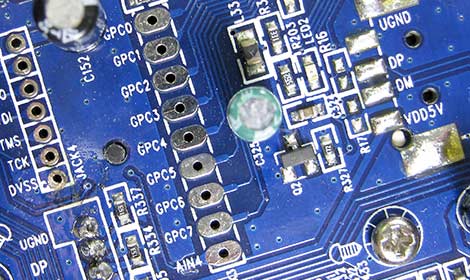
The keyboard on [Marek’s] laptop stopped working. He didn’t want to buy a replacement so he decided to start using an external keyboard. But hauling around a full 104-key model is a bit of a pain so he decided to make himself a shorter keyboard. He basically chopped off the 10-key pad on the right side of the board. This had the unexpected consequence of removing the screws that hold the top and bottom of the case together so he ended up adding a few extra screws to shore it up. You may be wondering how the key matrix still works if a portion of it has been cut off. [Marek] used the simple trick of folding the extra part of the membrane over and covering the unused contacts with some tape.
If you try this you should consider getting rid of the directional arrows and editing keys as well. There must be a way to map those keys elsewhere. Perhaps the half-qwerty keyboard hack will give you some inspiration for that.

















